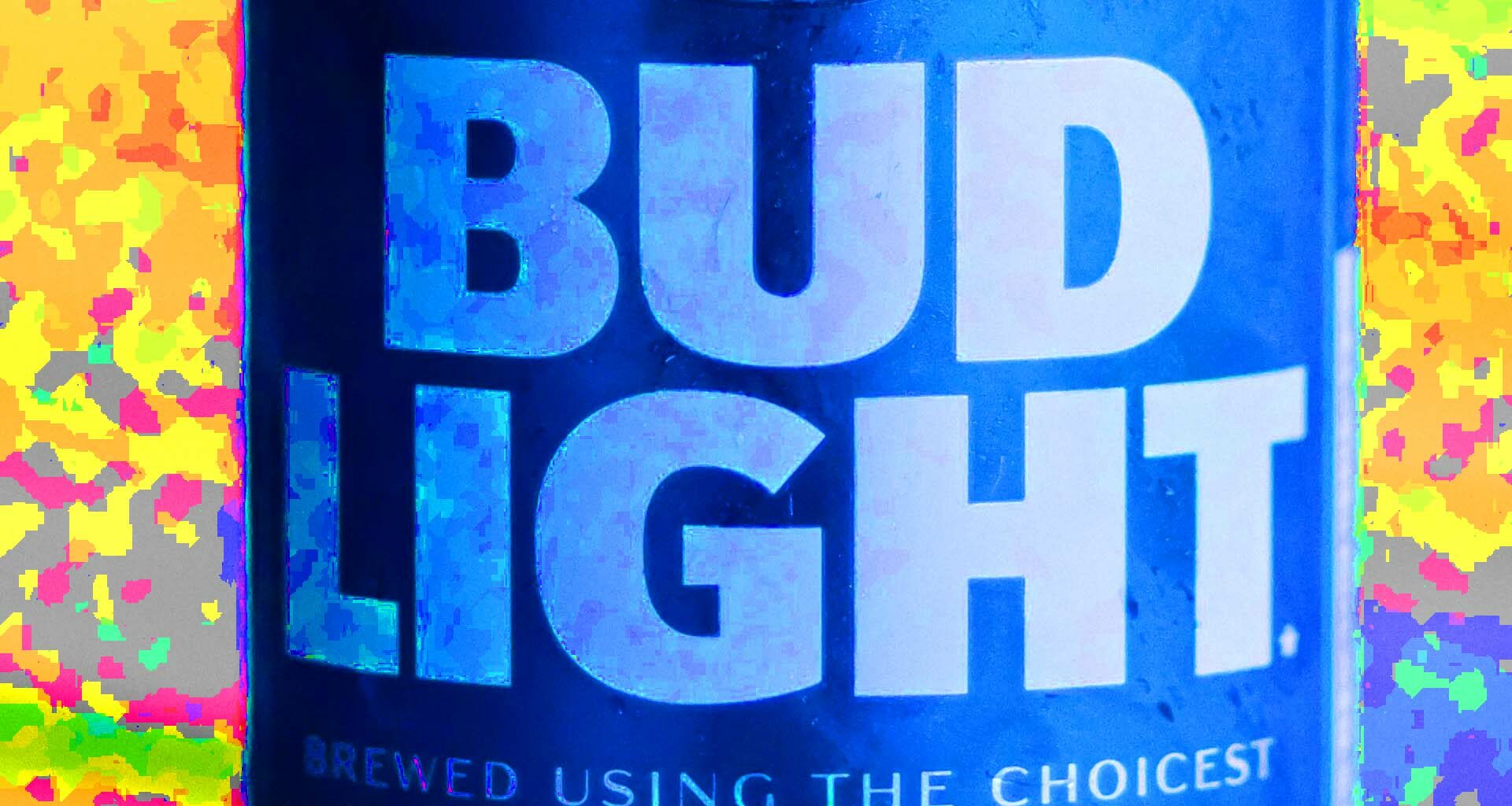Let me be very clear. This is not a column about trans people, LGBTQ civil rights, pride, Pride month, or gender choice. It’s not an opening foray to a Thanksgiving dinner debate about politics, gender preference, religion, MAGA, wokeness, or social activism. It’s about a bigger marketing issue. And while some of that other stuff is tangential, to be absolutely clear, they’re not the issue.
The issue is “brand.”
I’ve spent a lot of time studying brands. And, while the consumer-brand relationship paradigm has shifted over time, brand – what it is and what it stands for – is still critical. But, more and more, “brand” has gotten left behind.
And, yeah, while every marketer says they’re focused on brand, they’re not. They’re focused on numbers, albeit the wrong numbers. (BTW, not everything is a brand. I wrote about that a year ago. But that’s not today’s issue either).
The issue is marketers relying on the wrong numbers than the right brand outcomes. Numbers that fall under the rubric “social media metrics” “impressions” “reach” “followers” “likes” and “click-throughs” Oh, and “awareness” and “NPS scores.” Numbers like those have greater sway and precedence than the brand itself. Marketers talk the brand-talk, but when it comes right down to it, they look at social media metrics and then think about outcomes.
Here’s some numbers for you. About Bud Light – this century’s best-selling U.S. beer. With $5 billion in sales. About 9% of Anheuser-Busch InBev’s revenue. So, great up until those numbers vaporized – because of how the brand was managed. A brief precis: 3 months after transgender Dylan Mulvaney posted an Instagram video promoting Bud Light (to her 1.8 million followers), outrage from the right and calls from celebrities and politicians resulted in a brand boycott, a loss of longtime customers, and 32% volume shortfall YOY. Whadda you think about those numbers!?
The two executives responsible for that promotion were put on leave of absence. Yes, because of the -30%. Yes, because of the boycott. Yes, because of the bad press. And because a case of Bud Light is now selling for less than a case of water. Their real problem? They looked at the wrong numbers.
I’m betting the only numbers they paid attention to were Dylan Mulvaney’s 1.8 million Instagram and 11 million TikTok followers, plus whatever other social platforms Mulvaney is on, because, as the now-on-leave Bud Light marketing VP opined, “The company (needed) to be more inclusive for its demographic to grow.” Which is a reality for all brands. But the truth is, there were more nuanced ways to support that particular demo-lifestyle sector!
Anheuser-Busch said, “it works with hundreds of influencers. . . to authentically connect with audiences across various demographics,” but in this instance, the company didn’t connect. Connection is dependent on experience and customer expectations. And the bottom line is, it wouldn’t have mattered. Those are just other numbers which have minimal effects when it comes to choosing a light beer, or, well, most anything else.
In another statement, Anheuser-Busch said, “We have made some adjustments to. . . (take) steps to help us maintain focus on the things we do best. Brewing great beer for all consumers, while always making a positive impact in our communities and on our country.” If your reaction to that was, “Wow, actual market-speak,” yeah, me too.
See, I’ve been doing marketing and brand research for a long time and I’ve never, ever run across any consumer brand-value set that includes ideological items. When you draw the brand into that arena (sexual or otherwise), it never ends well for the brand. Half the people will support you and the other half won’t. And, in case you need reminding, you were supposed to be marketing to everyone! And they could have done that in a more nuanced way. Oh, if you’re thinking, “brand purpose,” there’s a big difference between purpose and politics.
When it comes to beer, there’s this thing called, “bar rules.” No politics. No religion. No social activism. Just drinks. And sports. Maybe some peanuts. That’ll be part of my history of branding when I get around to writing it. But, alas, right now too many marketers are ignorant of that history. Which is rife with brands that broke those rules. Here are a few brands that faced devastating consequences for aligning with issues that alienated segments of their customer base:
- Pepsi endorsement deal with Madonna featuring her song “Like a Prayer,” that showed Madonna witnessing a vision of a black Jesus, which drew strong criticism from religious groups and customers.
- Nike faced backlash and boycotts when Colin Kaepernick, who protested against racial injustice during the national anthem, was the face of their ad campaign.
- Chick-fil-A faced embargoes for its CEO’s opposition to same-sex marriage.
- Goya Foods faced attacks and boycotts after its CEO praised Donald Trump at a White House event, with customers accusing the brand of supporting a divisive political figure.
- Pepsi (yes, some brands never learn!) released a commercial featuring Kendall Jenner, widely criticized for trivializing Black Lives Matter and social activism.
- Benetton has faced controversy multiple times for provocative religious-themed campaigns, particularly one featuring a photograph of a nun and a priest kissing.
- Victoria’s Secret. For virtually everything they’ve done for the past 15 years. They’ve had to buy up competitors to compete these days.
What it all comes down to is brand marketing in ways that elevate the brand and maintain consumer-brand relationships while better meeting category and brand expectations – leveraging traits important to people when they picture your brand in their minds because you can’t be all things to all people. And you shouldn’t try.
And maybe Bud Light is learning. The North America Zone CEO, reacting to their brand “challenge” noted, “What we need to understand is, deeply understand and appreciate, is the consumer and what they want, what they care about and what they expect from big brands.” And those numbers I was talking about earlier? Yeah, they won’t reveal any of that which is how they ended up where they are right now.
If you put your brand in a marketing situation where it’s forced to navigate rough political and, even more turbulent social waters, you absolutely need to ensure you’re clear as to who your brand is, how decisions get made, what consumers really expect, and what they need your brand to stand for. Something I’ve been urging brands to do for 40 years.
Because, if want to count on success for your brand, a few good decisions based on a just a few good insights are worth a hell of a lot more – and are infinitely more useful and resonant than an assortment of social micro-influences. No matter how many there are!
That’s something Bud Light would drink to, But to be honest, I don’t think they’re in the mood right now.
Photo by Christophe Dion on Unsplash












